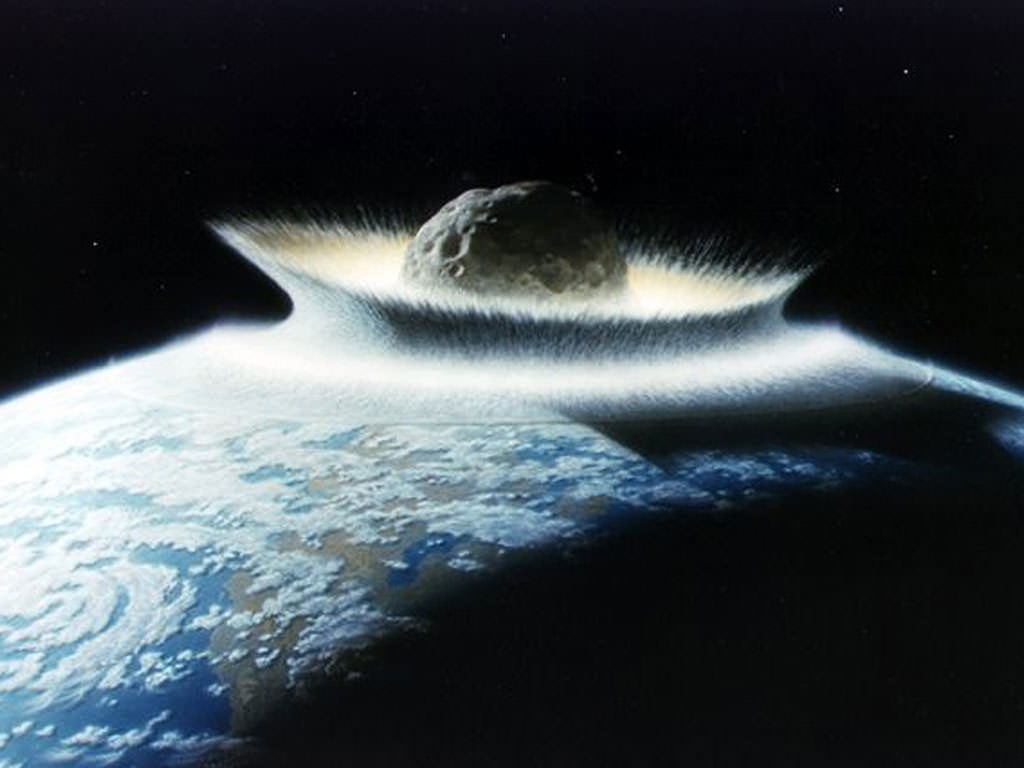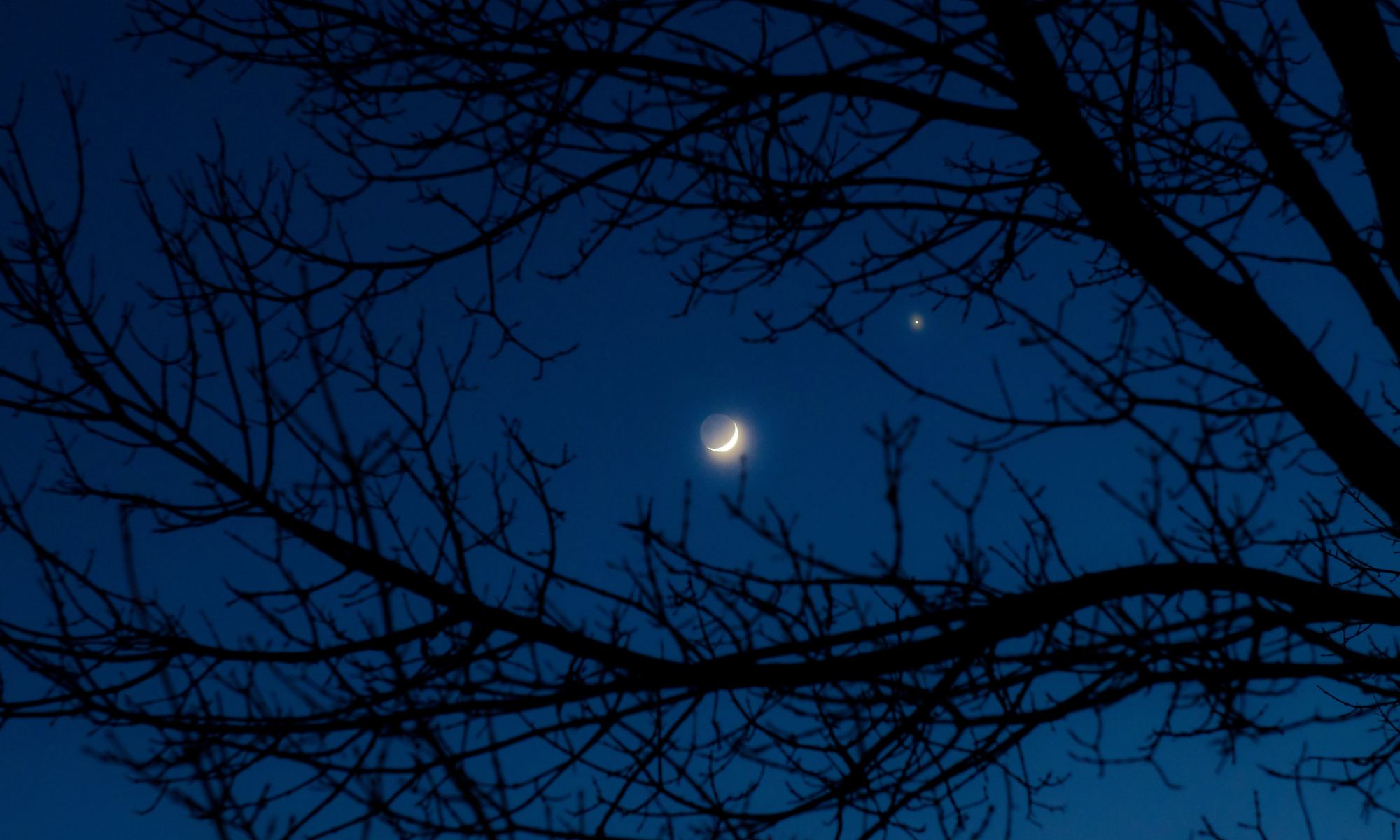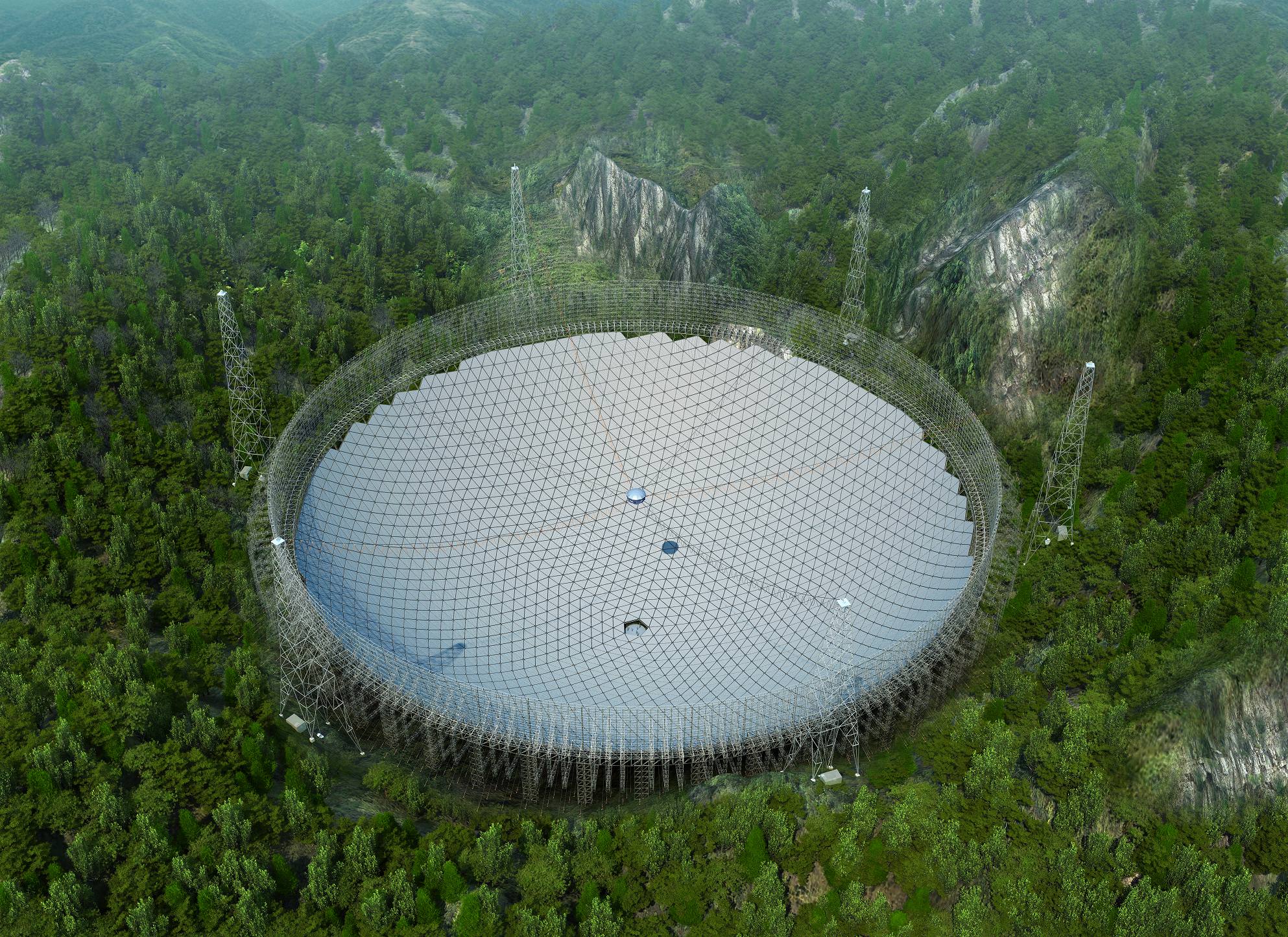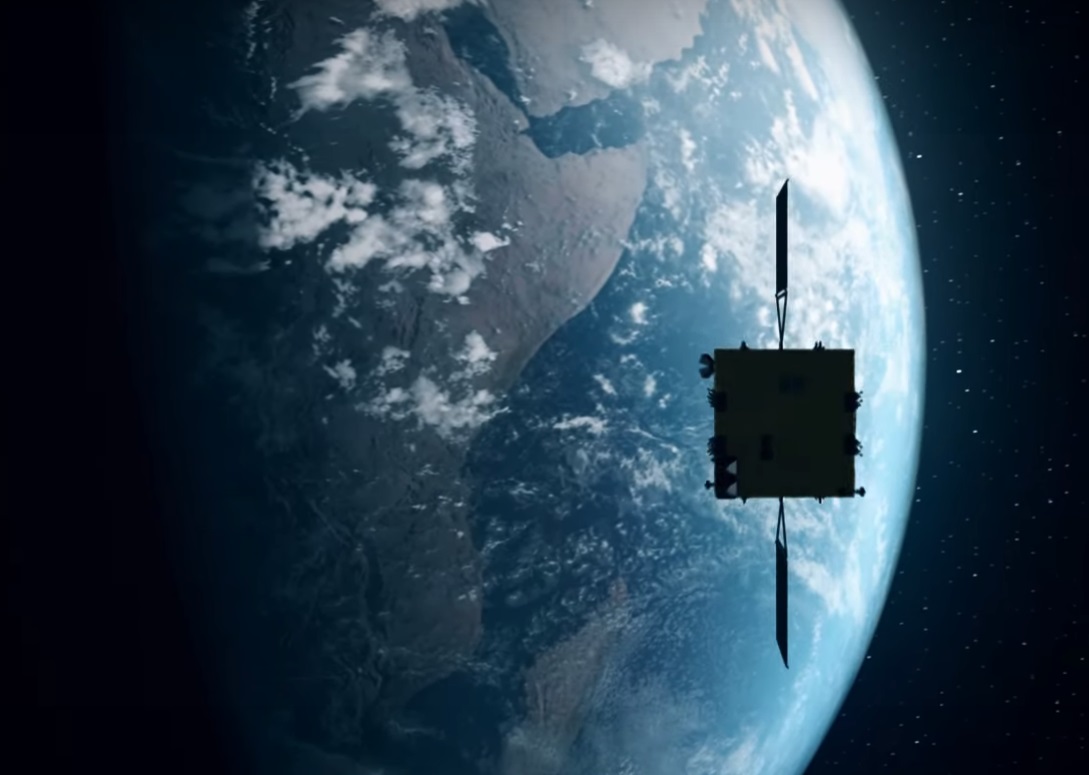M-type (red dwarf) stars are cooler, low-mass, low-luminosity objects that make up the vast majority of stars in our Universe – accounting for 85% of stars in the Milky Way galaxy alone. In recent years, these stars have proven to be a treasure trove for exoplanet hunters, with multiple terrestrial (aka. Earth-like) planets confirmed around the Solar System’s nearest red dwarfs.
But what is even more surprising is the fact that some red dwarfs have been found to have planets that are comparable in size and mass to Jupiter orbiting them. A new study conducted by a team of researchers from the University of Central Lancashire (UCLan) has addressed the mystery of how this could be happening. In essence, their work shows that gas giants only take a few thousand years to form.
Continue reading “Giant Planets Could Form Around Tiny Stars in Just a Few Thousand Years”








